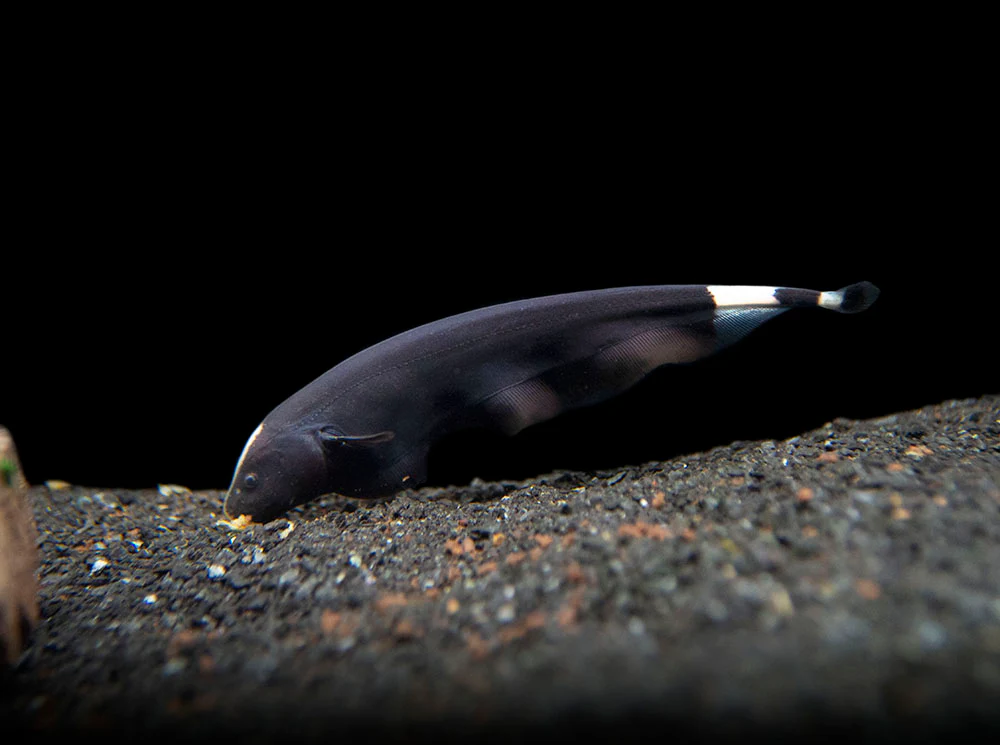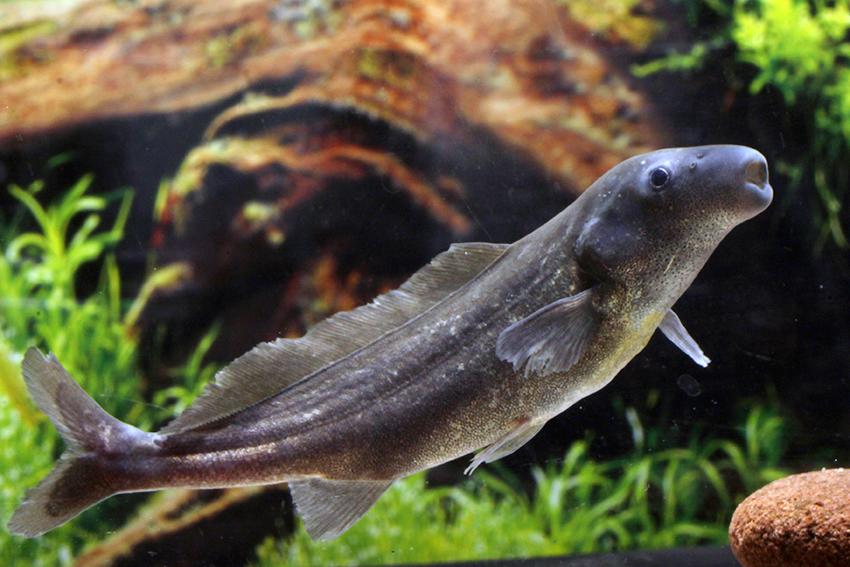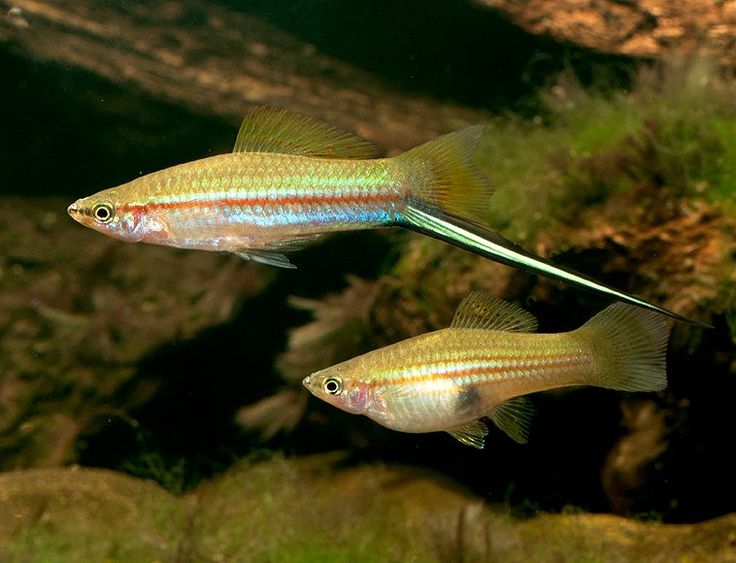Honduran Red Point Cichlid ( Astatheros rostratus )
- Scientific Name: Astatheros rostratus
- Common Name: Honduran Red Point Cichlid
- Origin: Native to Central America, specifically found in Honduras and parts of Nicaragua, living in slow-moving rivers and lakes with rocky and sandy bottoms.
- Size:
- Typically grows up to 6-8 inches (15-20 cm) in length.
- Coloration:
- The Honduran Red Point Cichlid is known for its vibrant colors, especially during breeding.
- The body is generally silver-blue to gray, but males develop a striking red-orange coloration on the fins, gill covers, and throat during breeding season.
- They also have red spots and markings on their body, which can intensify with age.
- Females usually have a more subdued, pale coloration compared to males.
- Tank Size: Minimum 30-40 gallons
- Water Temperature: 74-82°F (23-28°C)
- pH: 6.5-7.5
- Diet: Omnivorous; will accept high-quality pellets, flakes, live or frozen foods like brine shrimp, bloodworms, daphnia, and small insect larvae, along with vegetables like spinach, lettuce, and zucchini.
- Temperament: Peaceful but can be territorial and slightly aggressive during the breeding season. They are generally considered less aggressive than many other cichlid species but will assert dominance in their territory.
- Compatibility: Best kept with other peaceful to semi-aggressive fish such as larger Tetras, Rasboras, Corydoras, and other non-aggressive cichlids. Avoid keeping them with smaller or overly aggressive species.
- Breeding: Egg-layers; they form strong pair bonds and are relatively easy to breed in captivity. The male will display vibrant red markings to attract the female. The eggs hatch in 2-3 days, and the fry can be fed infusoria or microworms.
- Care Tips:
- Provide a well-planted tank with rocky structures and open swimming areas.
- Keep the water clean with strong filtration and perform regular water changes.
- Slightly acidic to neutral water is ideal, so monitor the pH level regularly.




Reviews
There are no reviews yet.